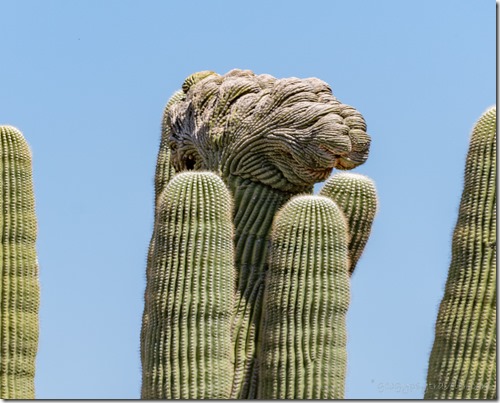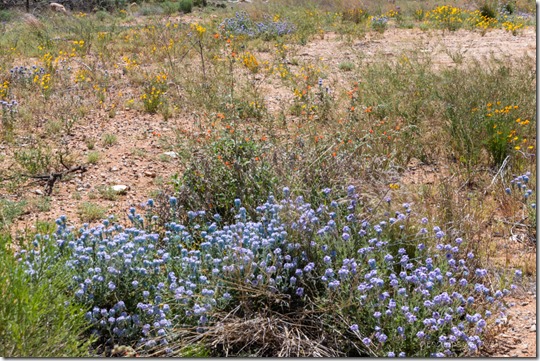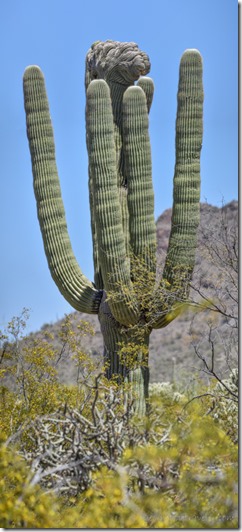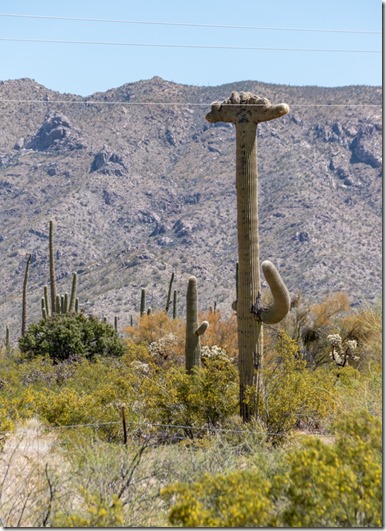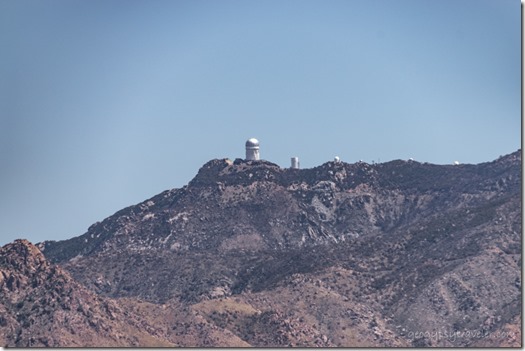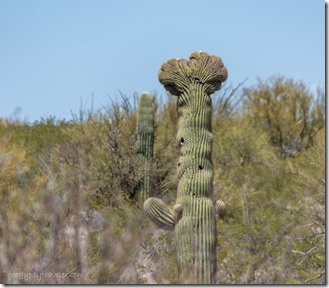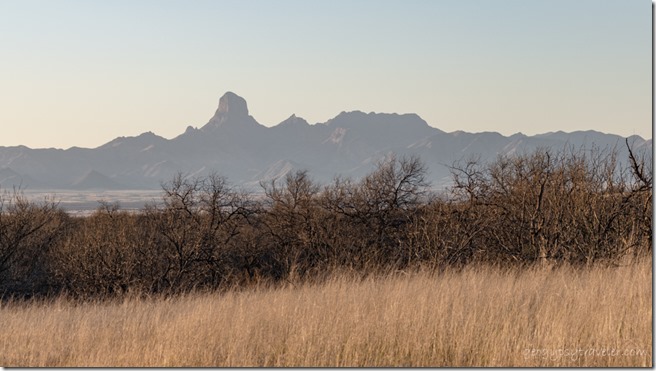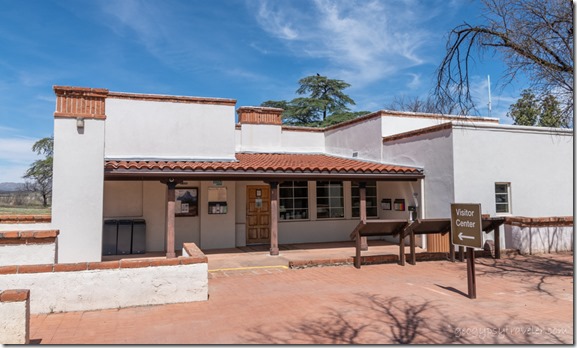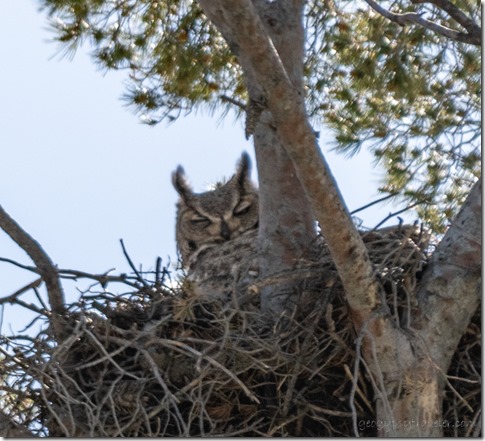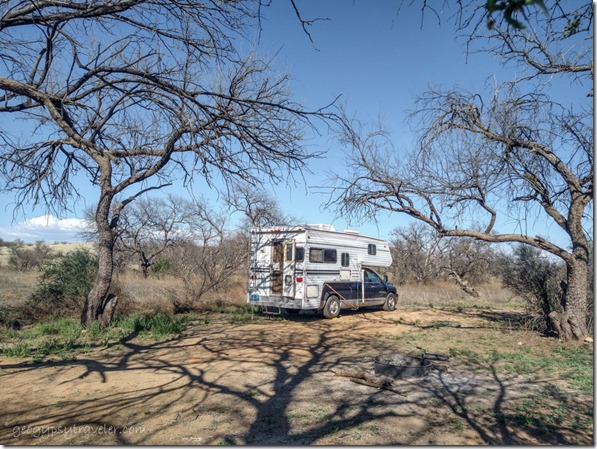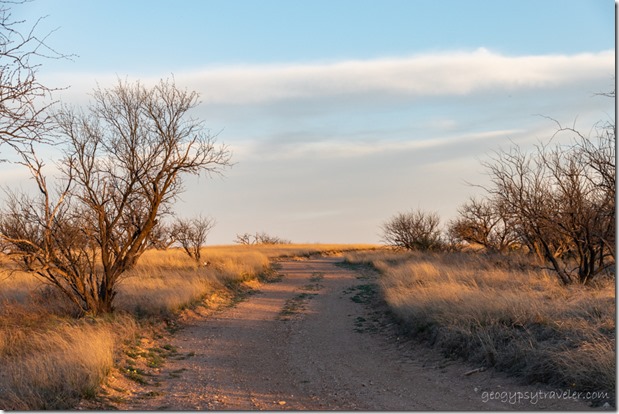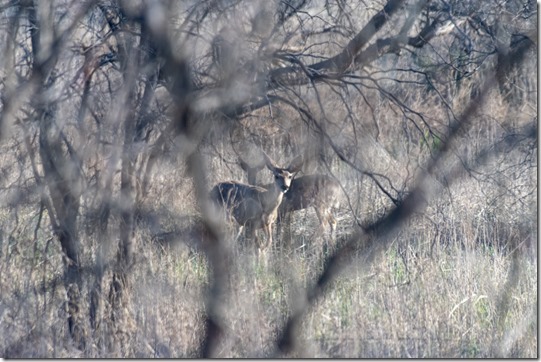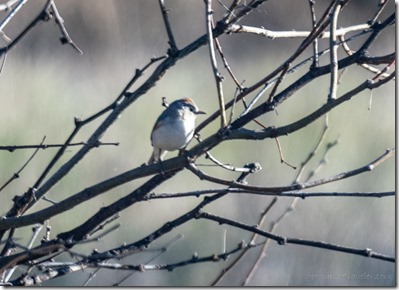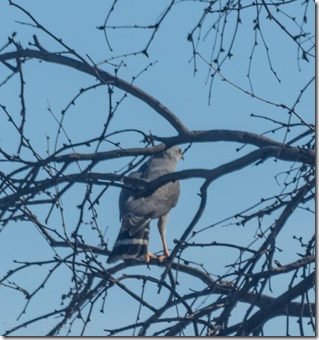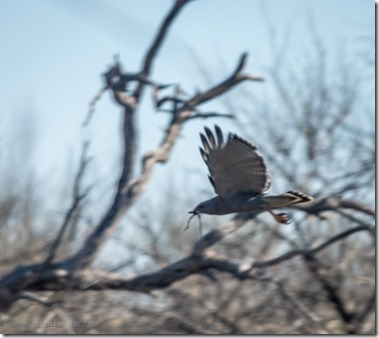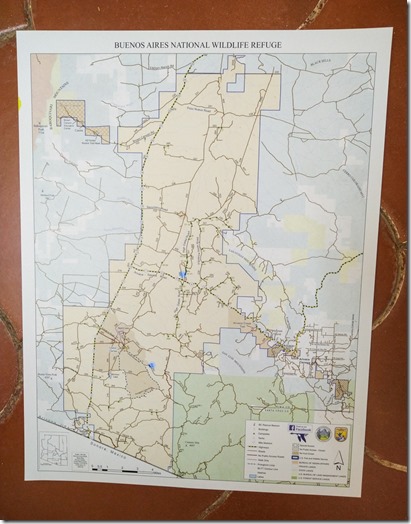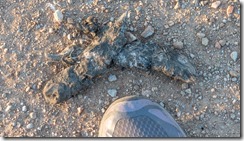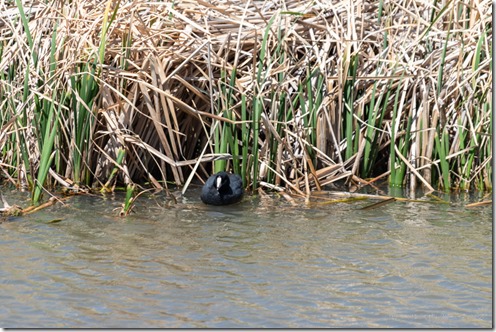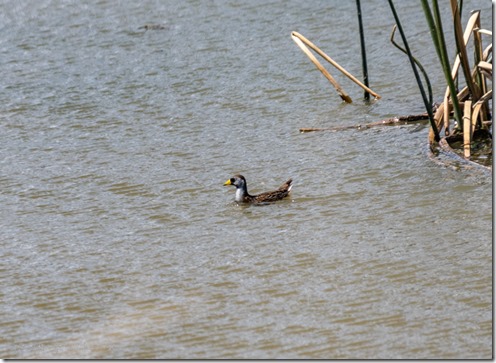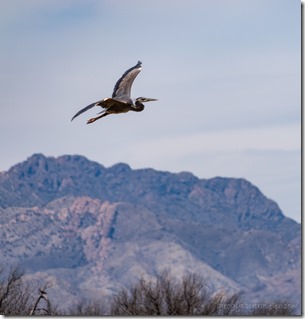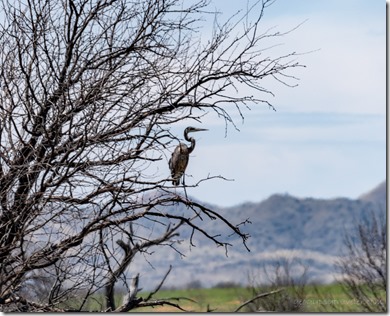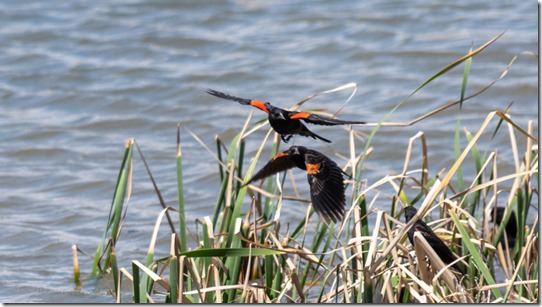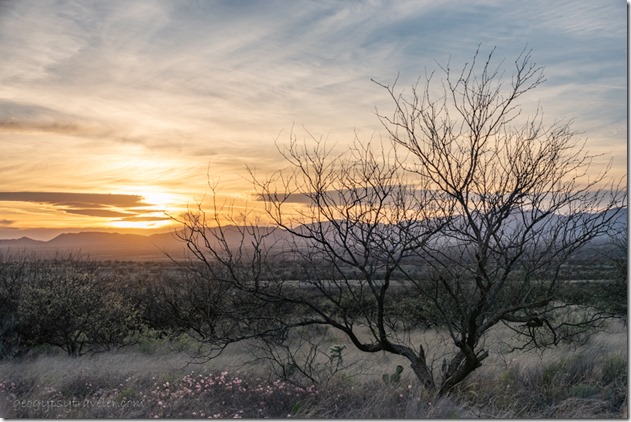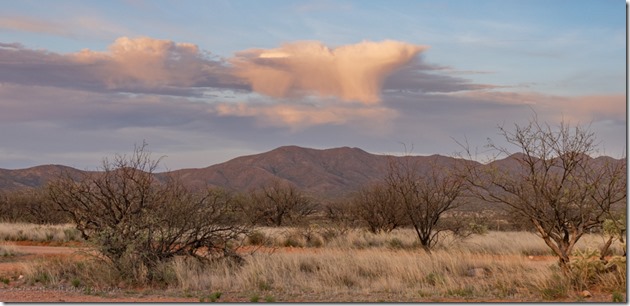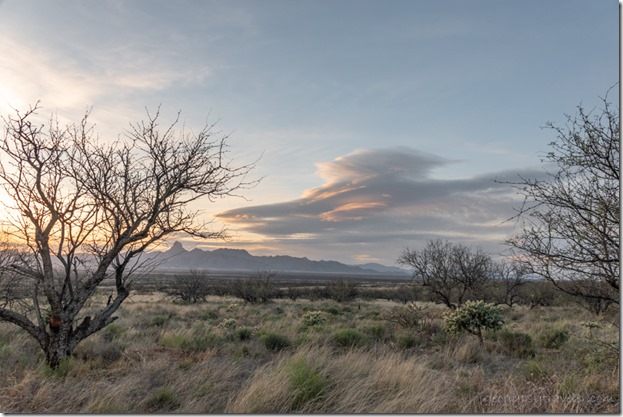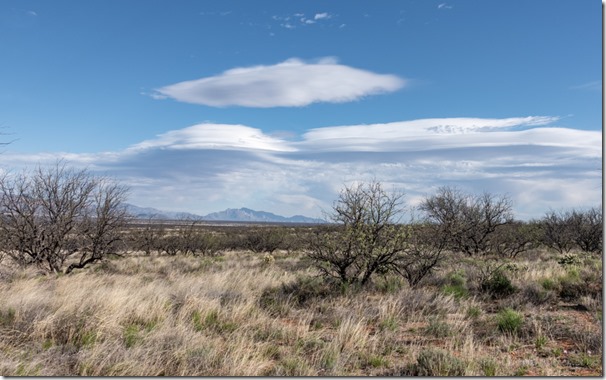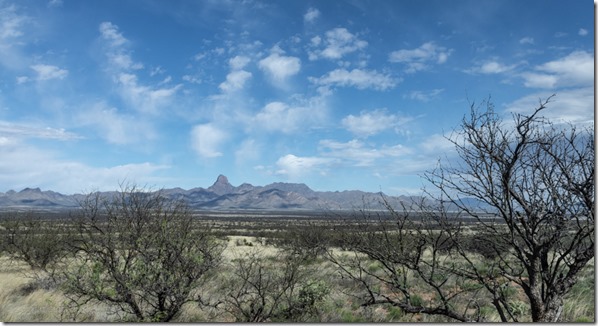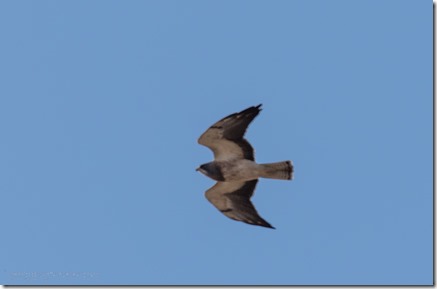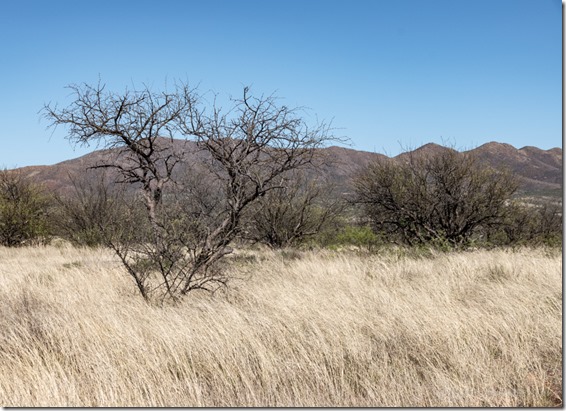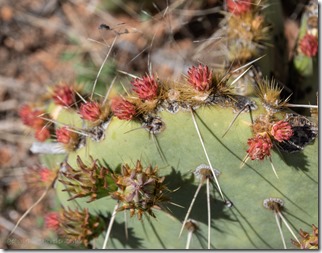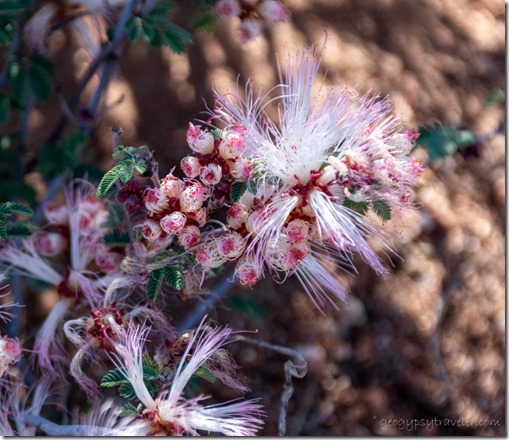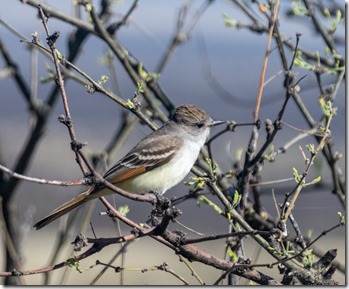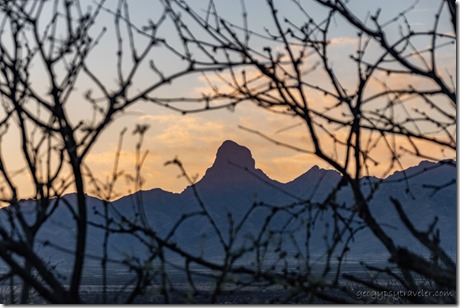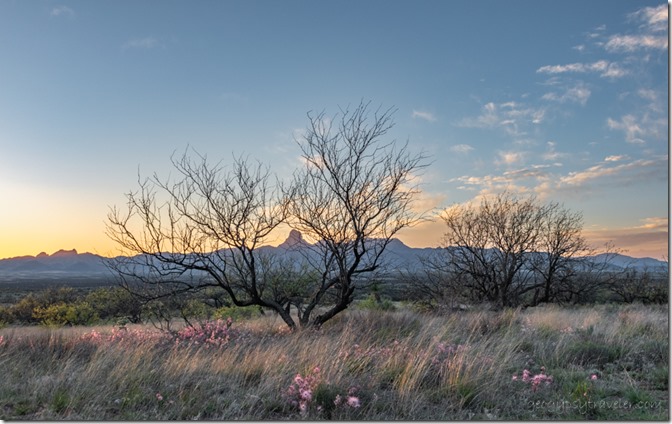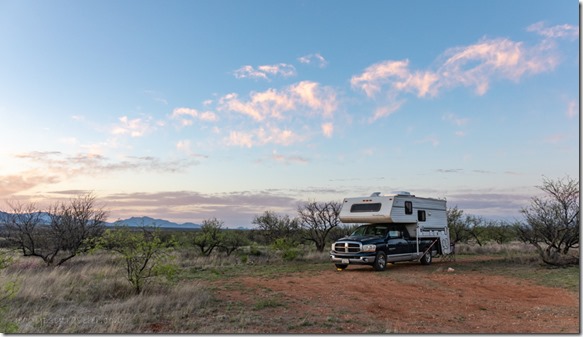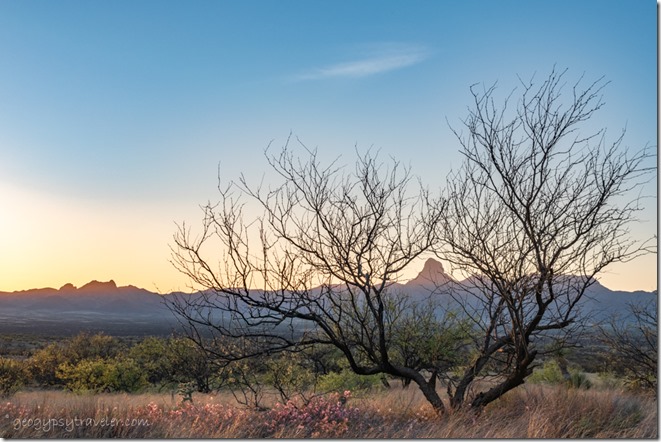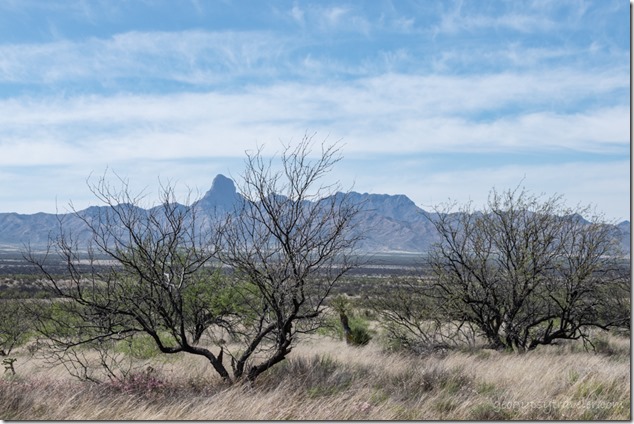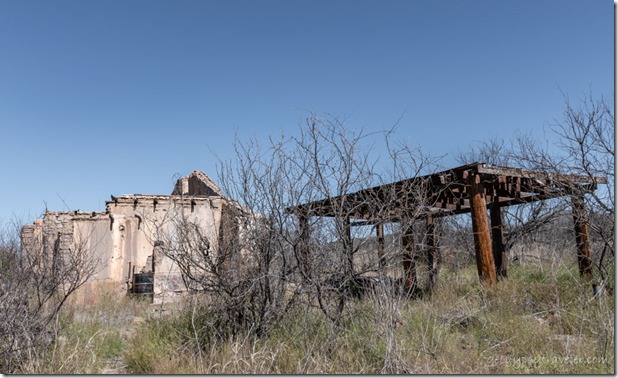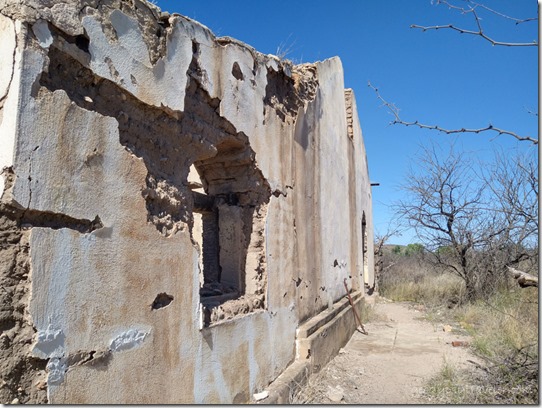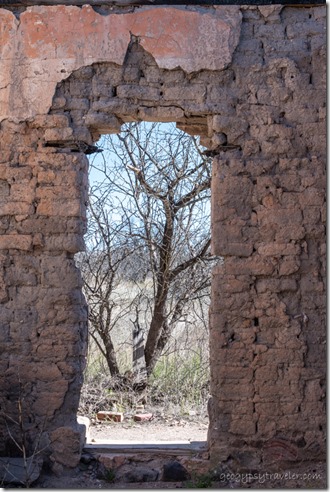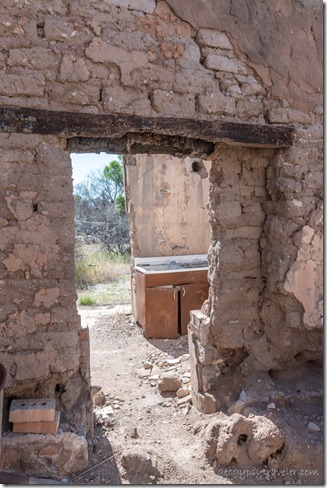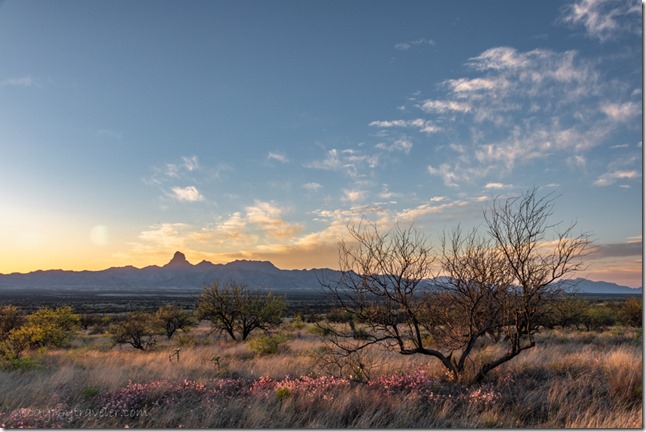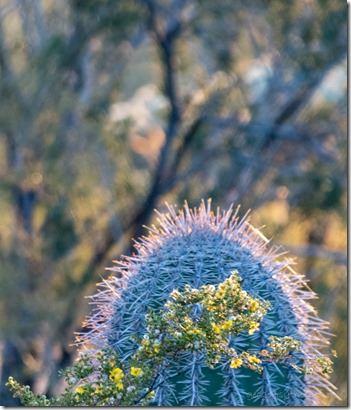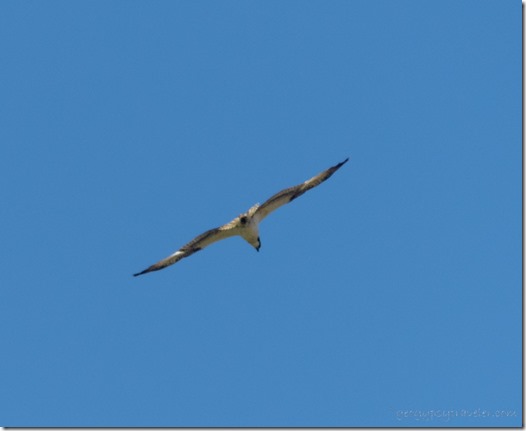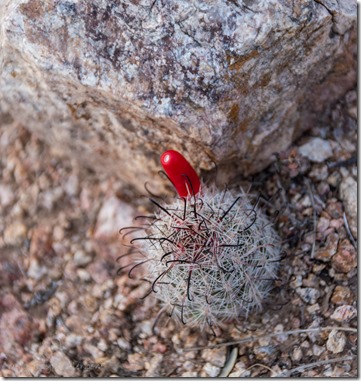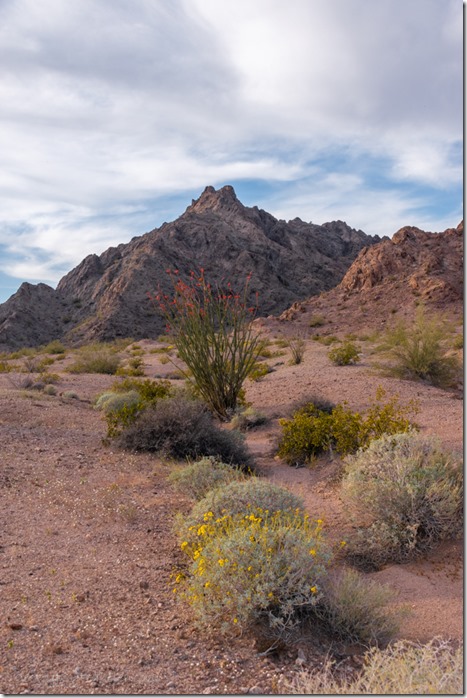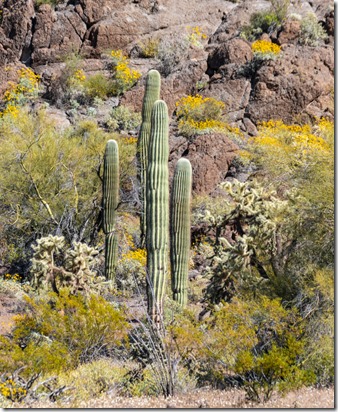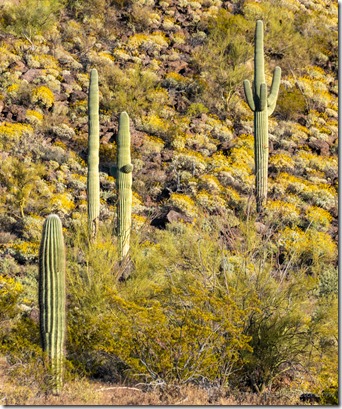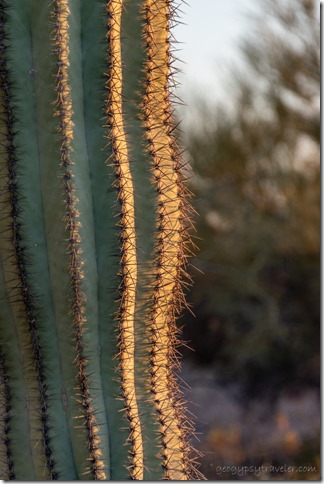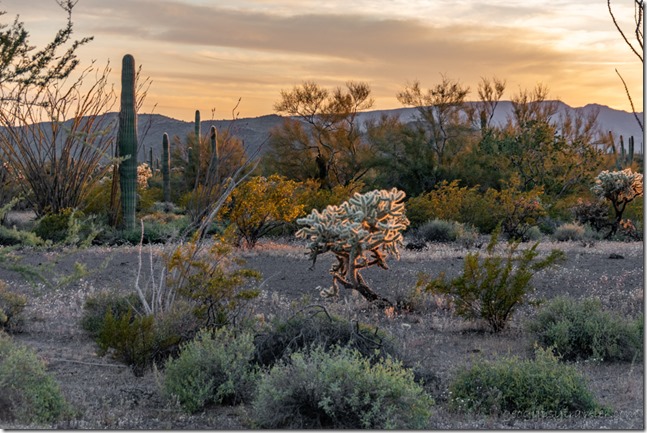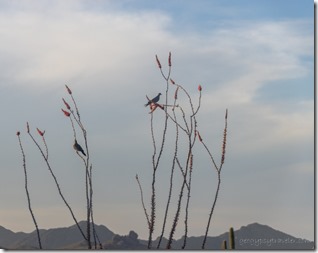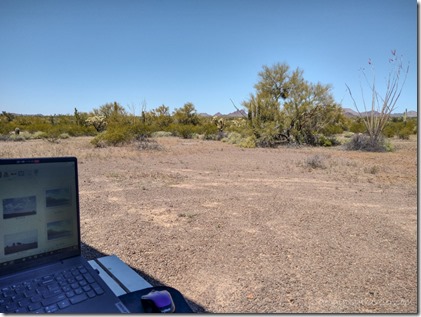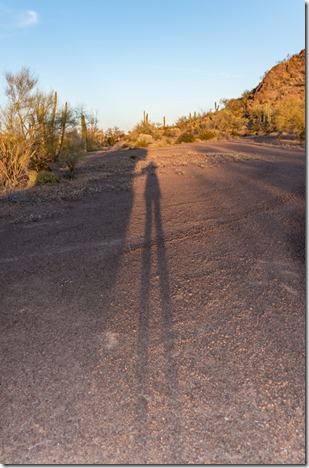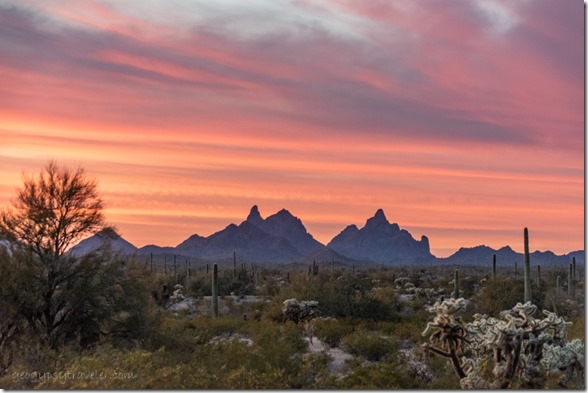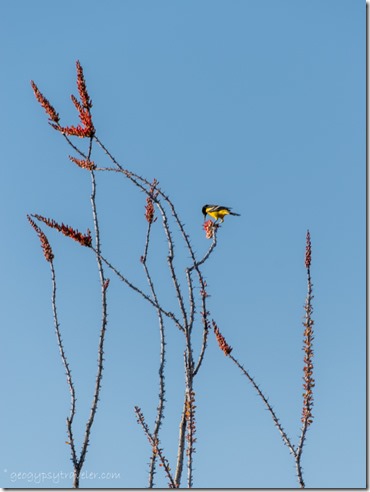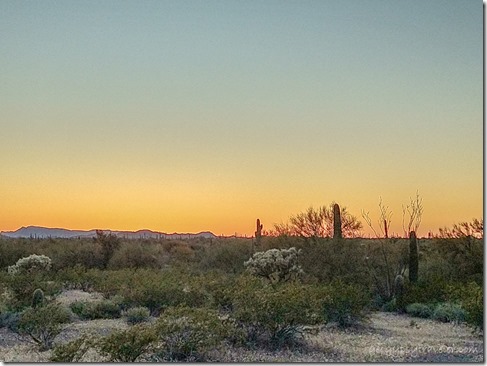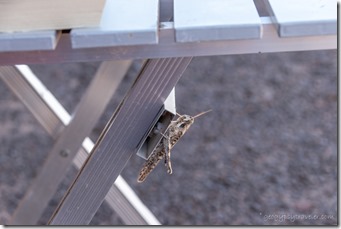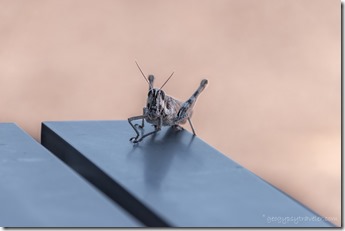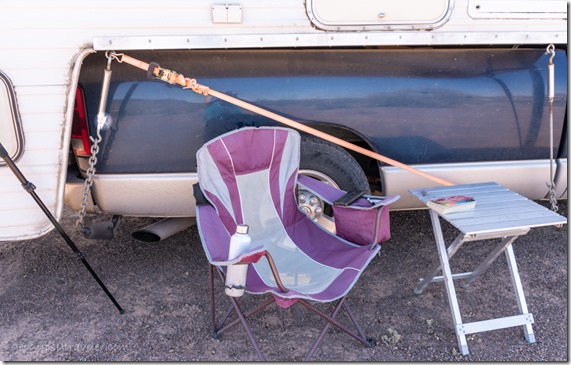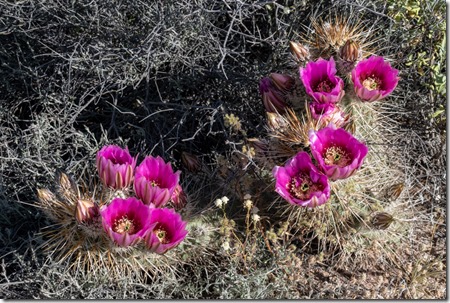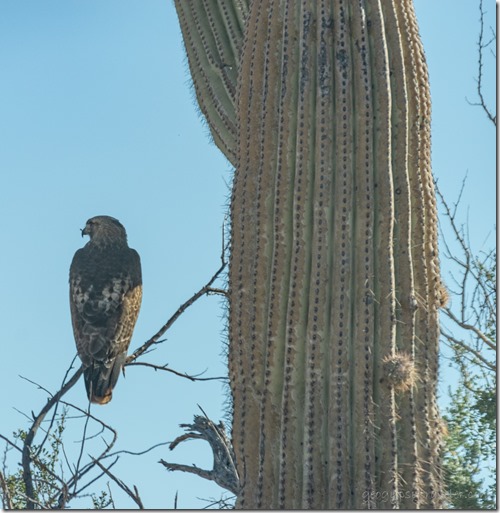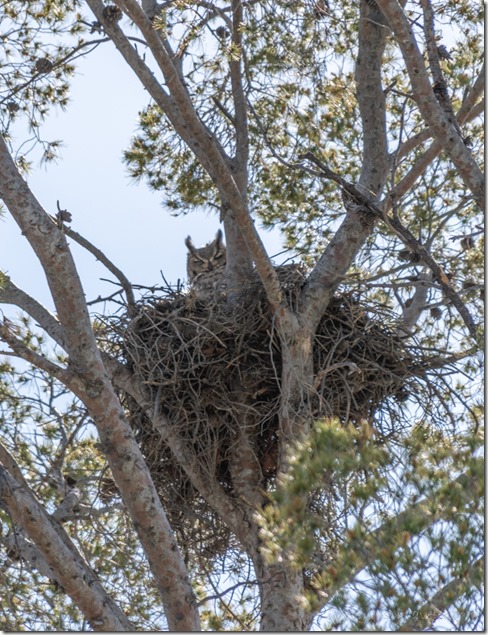 Been moving around quite a bit and the more places I go the behinder I get writing the blog, Then add videos…
Been moving around quite a bit and the more places I go the behinder I get writing the blog, Then add videos…
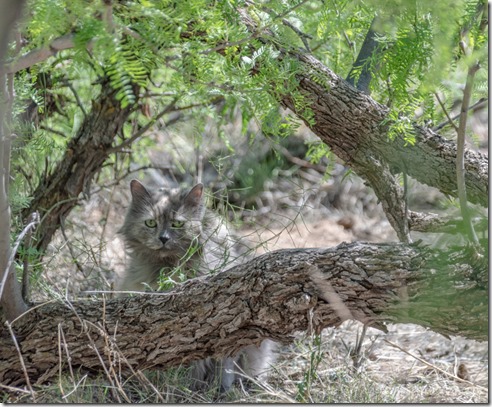 Sierra became a YouTube star outside on her leash https://youtube.com/shorts/JO-sn37ikgg and we broke over to 300 subscribers. Have you subscribed? Please do.
Sierra became a YouTube star outside on her leash https://youtube.com/shorts/JO-sn37ikgg and we broke over to 300 subscribers. Have you subscribed? Please do.
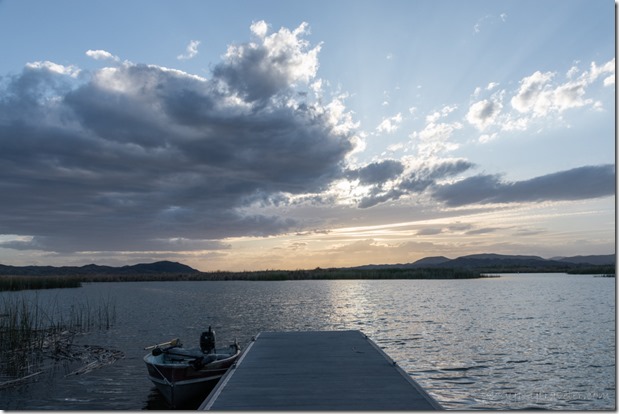 The drive to Mittry Lake in search of a boondock campsite. https://youtu.be/6nI7ERF2l9c
The drive to Mittry Lake in search of a boondock campsite. https://youtu.be/6nI7ERF2l9c
360° view Mittry Lake camp https://youtube.com/shorts/rpb-04hglwE
Boondocking at Mittry Lake https://youtu.be/vgfv1oIQQP0
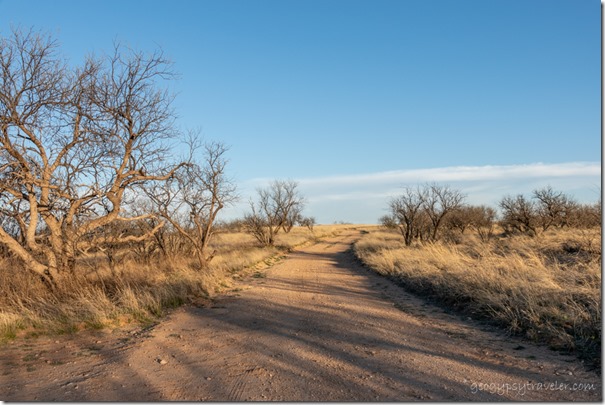 I last wrote about Buenos Aires National Wildlife Refuge and left you hanging in mid-April…
I last wrote about Buenos Aires National Wildlife Refuge and left you hanging in mid-April…
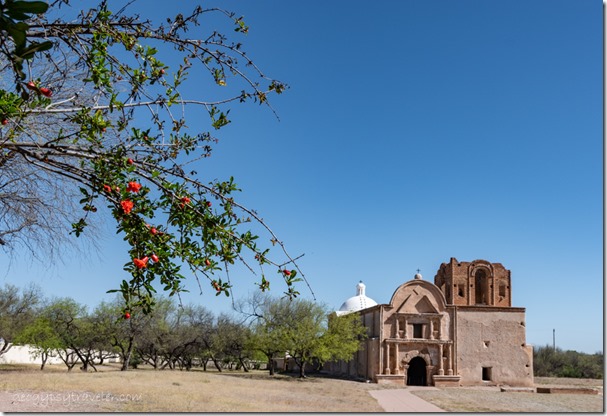 …on my way to Tumacácori National Historical Site.
…on my way to Tumacácori National Historical Site.
 From there I visited a friend in Bisbee for several days and we talked for hours, took a mine tour, and ate out a lot. Had a great time!
From there I visited a friend in Bisbee for several days and we talked for hours, took a mine tour, and ate out a lot. Had a great time!
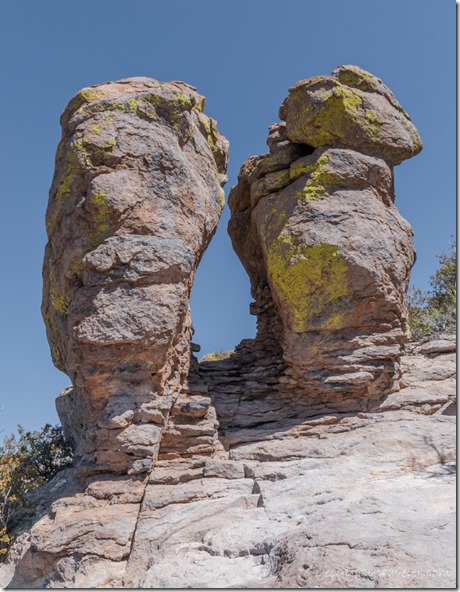 Because temperatures are holding below 90° I continued east to Chiricahua National Monument and saw hoodoos. Who knew?
Because temperatures are holding below 90° I continued east to Chiricahua National Monument and saw hoodoos. Who knew?
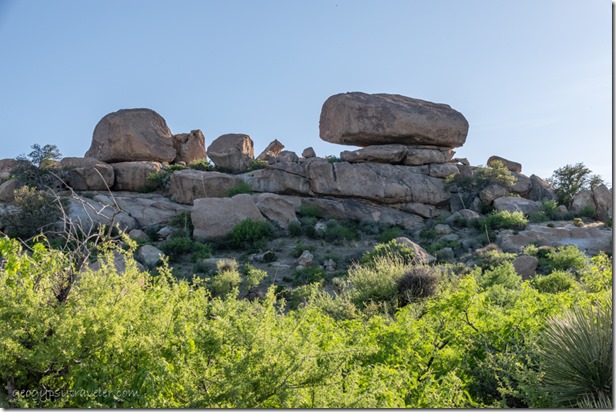 Followed by more awesome granitic boulders reminiscent of Joshua Tree National Park, without those trees but lots of green, boondocking at BLM Indian Bread Rocks Recreation Area south of Bowie.
Followed by more awesome granitic boulders reminiscent of Joshua Tree National Park, without those trees but lots of green, boondocking at BLM Indian Bread Rocks Recreation Area south of Bowie.
I will post about each of these adventures separately, and made videos. But in the meantime, this is what you get for this week.
Don’t know where I’m going next, but the more places I go the behinder I get.
I’m a happy camper.

